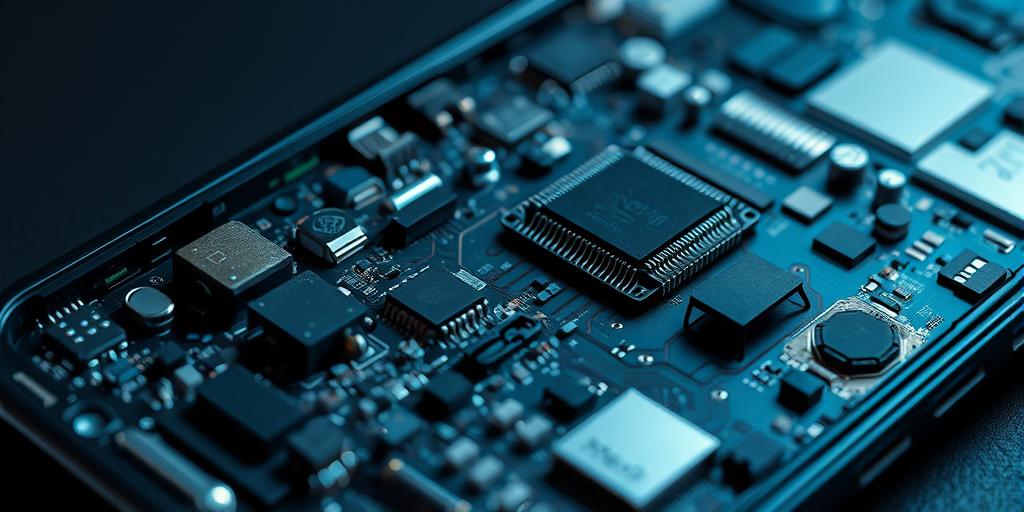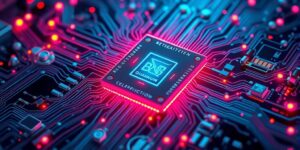What’s Hiding Inside Your Favorite Devices?
Have you ever wondered what’s really inside your smartphone, laptop, or tablet? We use these devices every day, but how many of us truly understand the complex world of miniature engineering packed within their sleek exteriors? Prepare to be amazed as we delve into the fascinating inner workings of your favorite gadgets, revealing the hidden secrets that power our digital lives! You might be surprised by what’s hidden within your favorite devices.
The Tiny Powerhouses: Microprocessors and Memory
At the heart of every modern device lies the microprocessor, a marvel of miniaturization that performs billions of calculations per second. These intricate chips, often smaller than a fingernail, contain billions of transistors arranged in a complex network. Each transistor acts like a tiny switch, controlling the flow of electricity and enabling the execution of instructions. The sheer complexity of these microprocessors is mind-boggling, representing years of cutting-edge research and development. Understanding the intricacies of a microprocessor requires expertise in electrical engineering and computer science, but the basic idea is simple: electricity flowing through intricate pathways performs the computations that run your apps, games, and operating system. This incredible miniaturization is one of the wonders of modern technology, and the continuing improvement of microprocessor technology is a key driver of progress in the tech sector. Moreover, the development of new materials and manufacturing processes is constantly pushing the boundaries of what’s possible, paving the way for even more powerful and energy-efficient devices.
Exploring the Transistor’s Role
The transistor, the fundamental building block of modern electronics, deserves special mention. This tiny switch, capable of controlling the flow of electricity based on an input signal, is the key component that makes modern computing possible. The ability to miniaturize transistors to nanometer scales has enabled the creation of incredibly powerful and energy-efficient microprocessors. The ongoing research into improved transistor technology is essential to driving progress in the semiconductor industry and is critical for future technological advancements. This technology impacts everything from smartphones to supercomputers.
The Storage Secret: Unveiling Hard Drives and SSDs
Storing all your precious photos, videos, and documents requires vast amounts of storage space. Two primary technologies dominate this space: traditional hard disk drives (HDDs) and solid-state drives (SSDs). HDDs use spinning platters and read/write heads to access data, while SSDs use flash memory to store information electronically. SSDs are significantly faster and more durable than HDDs, but they tend to be more expensive per gigabyte of storage. Choosing between HDD and SSD technology depends on individual needs and budget considerations, with many users opting for a hybrid approach, using an SSD for the operating system and frequently accessed files and an HDD for bulk storage. In addition, there are a number of new storage technologies on the horizon that aim to improve both performance and cost. This ongoing innovation ensures that we continue to have greater and faster access to larger amounts of data.
Understanding Data Storage Capacity
The capacity of a hard drive or SSD is measured in gigabytes (GB) or terabytes (TB), with terabytes representing a thousand gigabytes. Data storage capacity continues to increase exponentially, and current technologies are pushing the boundaries even further, allowing for the storage of more data than ever before. Future developments could lead to even more significant advancements in this field, helping in further technological progress.
Beyond the Chips: The Supporting Cast
The internal components of your devices extend far beyond the microprocessor and storage. The motherboard acts as the central nervous system, connecting all components, while the battery provides the power. The screen, speakers, and other peripherals also play crucial roles, working together to create the user experience. Every single part plays an integral role in the overall performance of your device, showcasing the power of collaboration in engineering.
The Importance of Power Management
Efficient power management is critical for optimizing battery life and minimizing heat generation. Sophisticated power management techniques are used in modern devices to extend battery life. These advancements have resulted in significant improvements in the longevity of these devices, which is critical to a positive consumer experience.
The Future of Device Technology
The rapid pace of innovation in the tech industry shows no signs of slowing down. As researchers explore the potential of quantum computing and other cutting-edge technologies, the devices of tomorrow promise to be even more powerful, efficient, and user-friendly. It’s an exciting time to be a part of this remarkable journey. The future is bright, with many developments set to reshape how we interact with technology. Future advancements are certain to bring even more impressive and innovative changes in the years to come. We can expect to see even greater miniaturization, increased processing power, and a wide range of new features.
Ready to dive deeper into the tech world? Subscribe to our newsletter to stay updated on the latest advancements in device technology!













